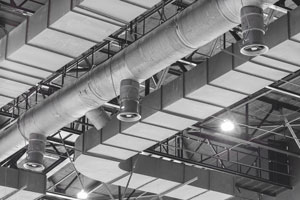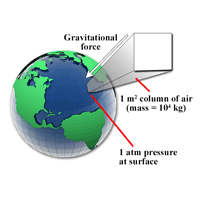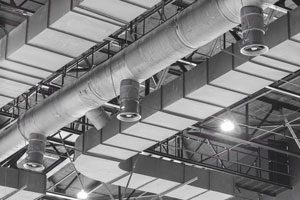 In HVAC systems, there are many different parameters that are commonly measured for system performance or building comfort. Some of the most commonly measured HVAC system parameters are temperature, air velocity, humidity and static pressure. Of those parameters, static pressure is extremely important in terms of system performance. Static pressure indicates how hard the HVAC system has to work to move air through the building or how much resistance to flow exists. The higher the static pressure, the harder the system has to work to move air through the building. Continue reading “Static Pressure in HVAC Systems”
In HVAC systems, there are many different parameters that are commonly measured for system performance or building comfort. Some of the most commonly measured HVAC system parameters are temperature, air velocity, humidity and static pressure. Of those parameters, static pressure is extremely important in terms of system performance. Static pressure indicates how hard the HVAC system has to work to move air through the building or how much resistance to flow exists. The higher the static pressure, the harder the system has to work to move air through the building. Continue reading “Static Pressure in HVAC Systems”
Select Key Pressure Measurements and Their Importance
 Last September, we wrote about the different types of pressure and how each type is referenced. This post discussed atmospheric (barometric), absolute, gage, vacuum, differential, and hydrostatic pressure. For a refresher on these pressure types, click here. This post will expand on last September’s post by listing some more key pressure measurements and explaining their importance. Continue reading “Select Key Pressure Measurements and Their Importance”
Last September, we wrote about the different types of pressure and how each type is referenced. This post discussed atmospheric (barometric), absolute, gage, vacuum, differential, and hydrostatic pressure. For a refresher on these pressure types, click here. This post will expand on last September’s post by listing some more key pressure measurements and explaining their importance. Continue reading “Select Key Pressure Measurements and Their Importance”
What is Pressure and How is it Referenced?
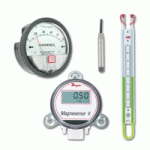 Many Dwyer Instruments, Inc. products sense and measure pressure. This includes: gages, manometers, transmitters and switches.
Many Dwyer Instruments, Inc. products sense and measure pressure. This includes: gages, manometers, transmitters and switches.
 Pressure is the amount of force acting on a specific area and is equal to the force divided by the area.
Pressure is the amount of force acting on a specific area and is equal to the force divided by the area.
There are many types of pressure that are used and measured, including: atmospheric, absolute, gage, vacuum, differential and hydrostatic. Continue reading “What is Pressure and How is it Referenced?”
Ask the Expert – Issues with Referencing Outside Air Pressure
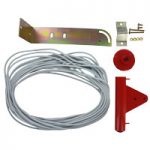
Question: I am trying to measure building pressure relative to outside air pressure. However, in doing so, I am seeing fluctuations in the differential pressure readings. Is there any way to minimize or eliminate these fluctuations? Continue reading “Ask the Expert – Issues with Referencing Outside Air Pressure”

